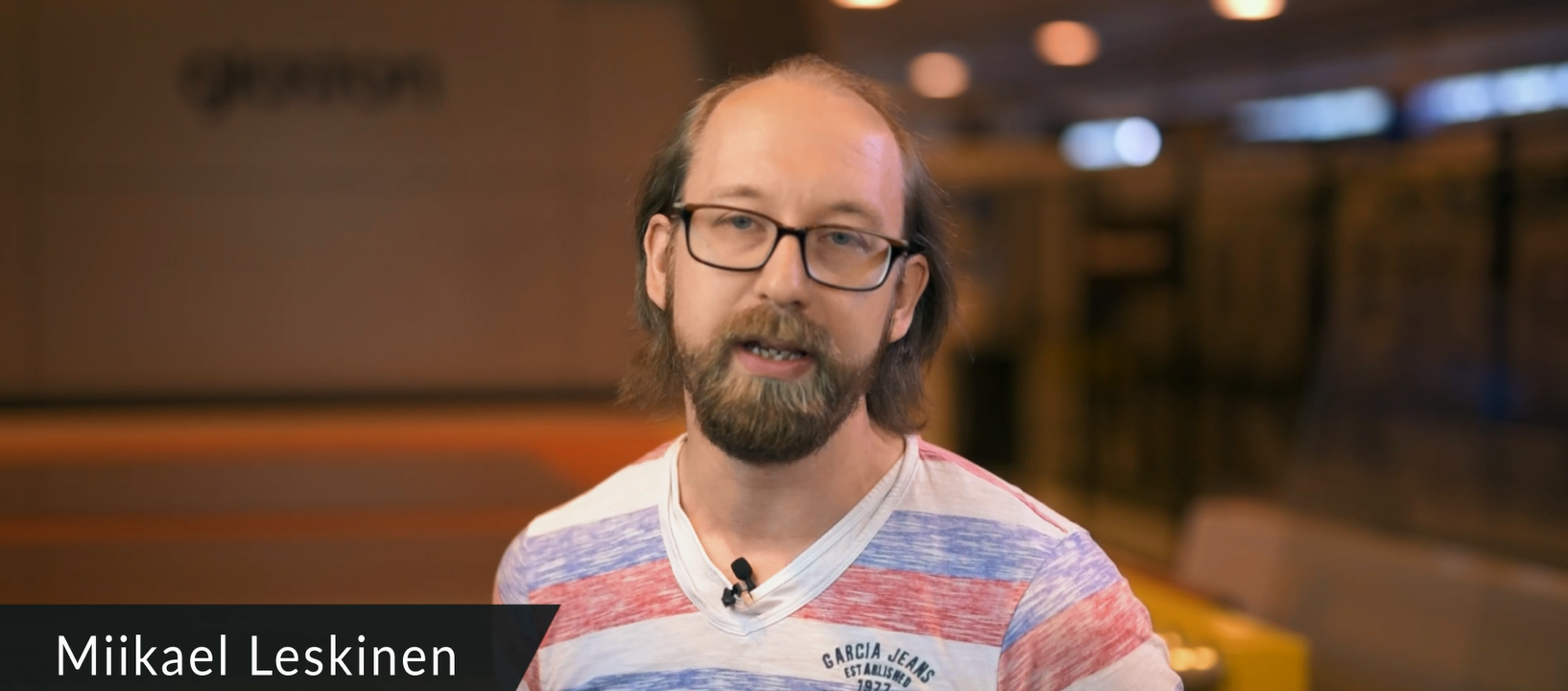
Thanks again for your interesting questions. This latest #AskGlaston episode will cover three of your questions:
1. Is it necessary to install an IR scanner at the furnace exit to monitor the glass exit temperature?
2. Is an exit temperature of 630–640 °C for all thicknesses too high?
3. Is it easier to control glass flatness in the heating or cooling section? Some specialists recommend controlling the flatness only during the quenching process. Also, is it true that we should control glass to bow upwards in a U-shape to avoid collisions with the rollers?
Watch our video answers here.
We recommend a scanner for all our furnaces
A temperature of 630–640 °C is generally too high for thick glasses of over 10 mm and too low for thin glasses below 4 mm. For average 6–8 mm-thick glass, this range is good.
You should control glass flatness in both sections – heating and cooling. But the overall bow is controlled in the chiller. If you have a mechanical problem with the edges, then it’s recommended to bow the glass upwards. To avoid white haze, you should bow the glass downwards.
I hope you’ll get some practical advice again to share with your colleagues.
Sign up for Glastory newsletter
We answer your questions about glass processing. Let us know your challenges and we promise to do our best to help you.
When glass came out from the furnace then the glass which side air blow are in U shape and made large fragments and the other side glass is main flatness and made proper fragments